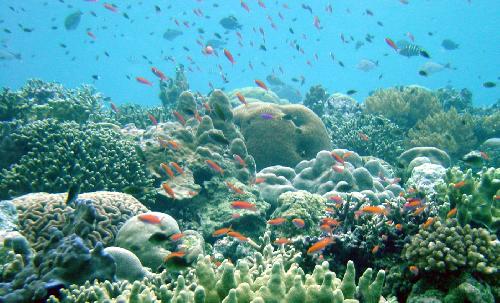Marine Protected Areas
What is a Marine Protected Area?
As defined by the International Union for Conservation of Nature (IUCN,) a ‘protected area’ is “a clearly defined geographical space recognized, dedicated and managed through legal or other effective means, to achieve the long-term conservation of nature with associated ecosystem services and cultural values.” Across the globe, some 5,000 marine protected areas have been created. These preserves aim to safeguard a geographic areas' wildlife and habitats.
Many MPAs provide partial protections for marine life (single or a few protected species, gear restrictions, seasonal closures, catch limits, etc.) Other MPAs are multiple-use areas. For example, there are many different kinds of MPAs in U.S. waters: national parks, wildlife refuges, monuments and marine sanctuaries, fisheries closures, critical habitat, habitat areas of particular concern, state parks, conservation areas, estuarine reserves and preserves, and numerous others. While there are some no-take MPAs, most are open for fishing, diving, boating, and other recreational and commercial uses. Currently, less than 1 percent of the world's oceans are closed to fishing. [Source: UNEP-WCMC. 2008. National and Regional Networks of Marine Protected Areas: A Review of Progress. UNEP-WCMC, Cambridge via MPApedia.]
Resources for students & educators:
- MPA Atlas
- MPApedia
- NOAA National Marine Protected Area Center
- National Geographic: The Ocean | Marine Protected Areas
- National MPA Educational Resources
Photo Credit: ARC Centre of Excellence for Coral Reef Studies | Marine Photobank



